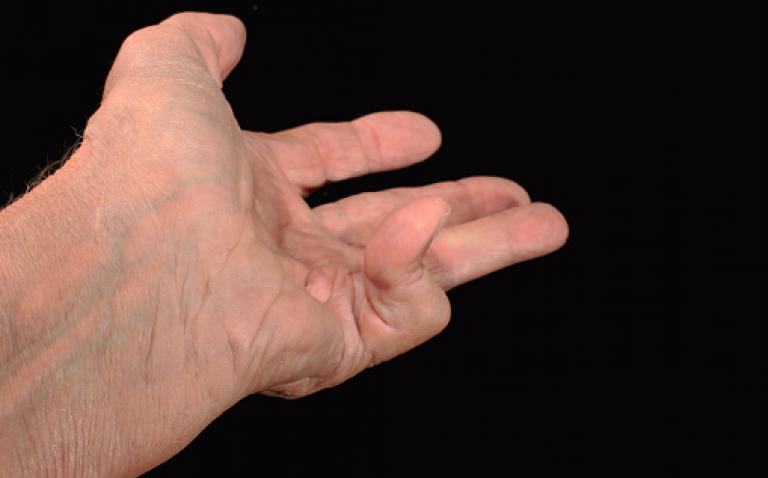Today, on International Viking Day, Sobi is launching www.thisisdupuytrens.com to raise awareness of Viking disease, also known as Dupuytren’s disease.
This is a little-known but surprisingly common hand condition thought to have been brought to the UK by our Viking ancestors. To research awareness of this condition, Sobi commissioned a survey amongst the public, revealing that 34% of people incorrectly believe that the Vikings wore horns on their helmets, but only 4% know that the Vikings have a disease named after them.
Viking disease makes the fingers bend inwards towards the palm so that they cannot be straightened,1 making everyday tasks challenging. This can be both practically and emotionally difficult, with 80% of people surveyed stating that they would find life much harder without the full use of a dominant hand. Viking disease patients themselves have reported that unscrewing containers, driving a car or even shaking hands are the hardest things to do as a result of their condition.
The name Viking disease originates from the belief that the disease first appeared among the Vikings. (Nowadays it is called Dupuytren’s disease after the French surgeon who first operated on the condition.) The Vikings spread Dupuytren’s disease throughout Northern Europe and possibly to other parts of the world.2 A recent small survey of 111 members of the British Dupuytren’s Society who have Dupuytren’s disease confirms previous larger studies suggesting a North-South geographic variation in prevalence of the condition, especially in Scotland and Northern England where it is known Vikings settled in the British Isles.
Although 80% of members of the public surveyed had never heard of Viking disease, it affects over a million people in the UK alone.
“The British Dupuytren’s Society are delighted to see a new source of good quality Dupuytren’s disease information. There is a clear need for increased awareness of this condition which affects so many people in the UK, particularly in Scotland and the north of England, as our new Viking disease map shows. We hope that the website will go some way to identify more patients at an earlier stage of the disease so they can find the information they need and seek medical help as appropriate,” says Anna Schurer, Chair of the British Dupuytren’s Society.
To find out more information about Dupuytren’s disease, please visit the new website www.thisisdupuytrens.com
References
- Townley WA et al. BMJ. 2006;332:397–400.
- Adrian E. Flatt Proc (Bayl Univ Med Cent). 2001 Oct;14(4):378–384.










